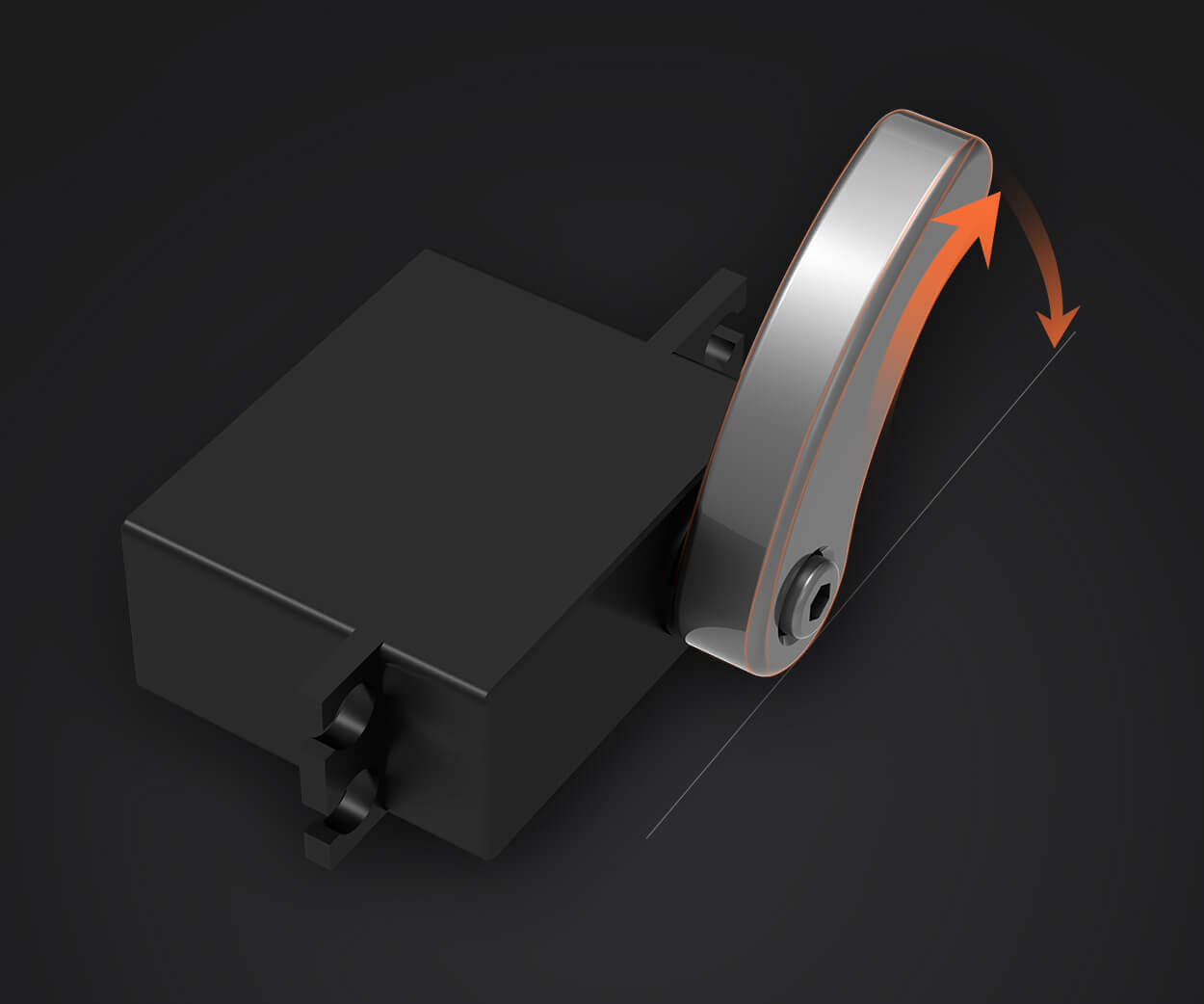Imagine a world where machines move with almost human precision, seamlessly coordinating complex tasks at high speeds with incredible accuracy. This isn’t science fiction, but a reality made possible by the marvel of modern motor technology—specifically, the AC servo motor. These powerful yet precise devices are transforming industries, from manufacturing and robotics to aerospace and medical equipment, setting new standards for performance and control.

What Is an AC Servo Motor?
At its core, an AC servo motor is a specialized electric motor designed for precise control of angular position, velocity, and acceleration. Unlike traditional motors, which operate at fixed speeds, servo motors can respond dynamically to control signals, adjusting their outputs in real-time. This adaptability makes them ideal for applications where precision and responsiveness are critical.
The term “AC” indicates that these motors operate on alternating current—commonly supplied from the mains or industrial power sources—making them suitable for integration into standard electrical systems. They utilize sophisticated control mechanisms to interpret signals from controllers, ensuring that the motor’s movement aligns exactly with the desired parameters.
The Anatomy of an AC Servo Motor
An AC servo motor comprises several key components working in harmony:
Stator: The stationary part of the motor that contains windings or coils. When energized, it creates a magnetic field that interacts with the rotor.
Rotor: The rotating part that turns in response to the stator’s magnetic field. It often features permanent magnets or windings, depending on design.
Encoder: An essential component that provides real-time feedback about the rotor’s position and speed to the control system.
Control System: The brain of the servo system, it processes feedback from the encoder and adjusts the power to the motor to achieve the desired motion.
This intricate design enables AC servo motors to deliver high torque at varying speeds, maintain accuracy over extended periods, and operate efficiently with minimal heat generation.
How Do AC Servo Motors Work?
The principle behind their operation lies in the relationship between electrical input and mechanical movement. The control system sends a command signal to the motor, dictating the desired position or speed. The motor’s windings are energized accordingly, creating a magnetic field that interacts with the rotor.
The encoder constantly relays the rotor’s position and speed back to the controller. If there’s any deviation between the actual and target positions, the controller adjusts the power supplied to the motor, correcting the movement on the fly. This closed-loop system, often referred to as vector control or field-oriented control, ensures precision, smoothness, and rapid response.
Advantages Over Other Motor Types
Why are AC servo motors favored in modern automation? Several compelling reasons stand out:
Superior Precision: With real-time feedback and controlled currents, they achieve highly accurate positioning—often within fractions of a degree.
High Efficiency: Designed to minimize energy loss, they operate efficiently even during continuous, demanding tasks.
Excellent Dynamic Response: Capable of quick acceleration and deceleration, enabling rapid changes in motion without overshoot.
Durability and Reliability: Built to withstand harsh industrial environments, they maintain performance over extended periods.
Compact Design with High Power Output: They offer high torque-to-size ratios, saving valuable space in machinery layouts.
Applications of AC Servo Motors
The versatility of AC servo motors makes them indispensable across numerous sectors:
Manufacturing and CNC Machines: For precise tool positioning, ensuring quality finishes and complex part geometries.
Robotics: Powering robotic arms with precise movements necessary for assembly, welding, or delicate handling.
Printing and Packaging: Managing high-speed print heads or packaging lines that demand exact control.
Automotive Industry: Facilitating automated assembly lines and testing equipment.
Aerospace: Controlling actuation systems requiring high accuracy and reliability.
Medical Equipment: Enabling precise movements in imaging devices, surgical robots, and diagnostic machinery.
The Future of AC Servo Motor Technology
Advancements continue to push the boundaries of what AC servo motors can achieve. Current research emphasizes improved semiconductor materials, smarter control algorithms, and integration with IoT for predictive maintenance and remote operation. As industries lean more heavily into automation, the role of these motors will only grow more vital.
In the upcoming part, we’ll delve deeper into the specific types of AC servo motors, their customization options, and what to consider when choosing the right one for your needs. Whether you’re a seasoned engineer or just exploring automation possibilities, understanding the core principles of AC servo motors is your first step toward unlocking new levels of precision and productivity.
Leveraging innovations in modular drive technology, Kpower integrates high-performance motors, precision reducers, and multi-protocol control systems to provide efficient and customized smart drive system solutions.




































